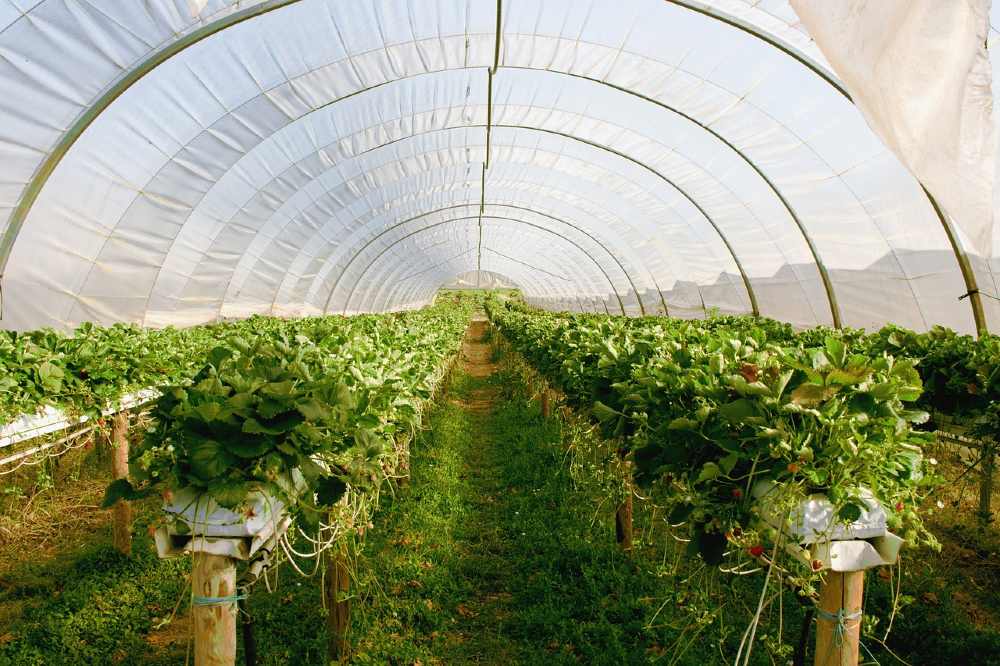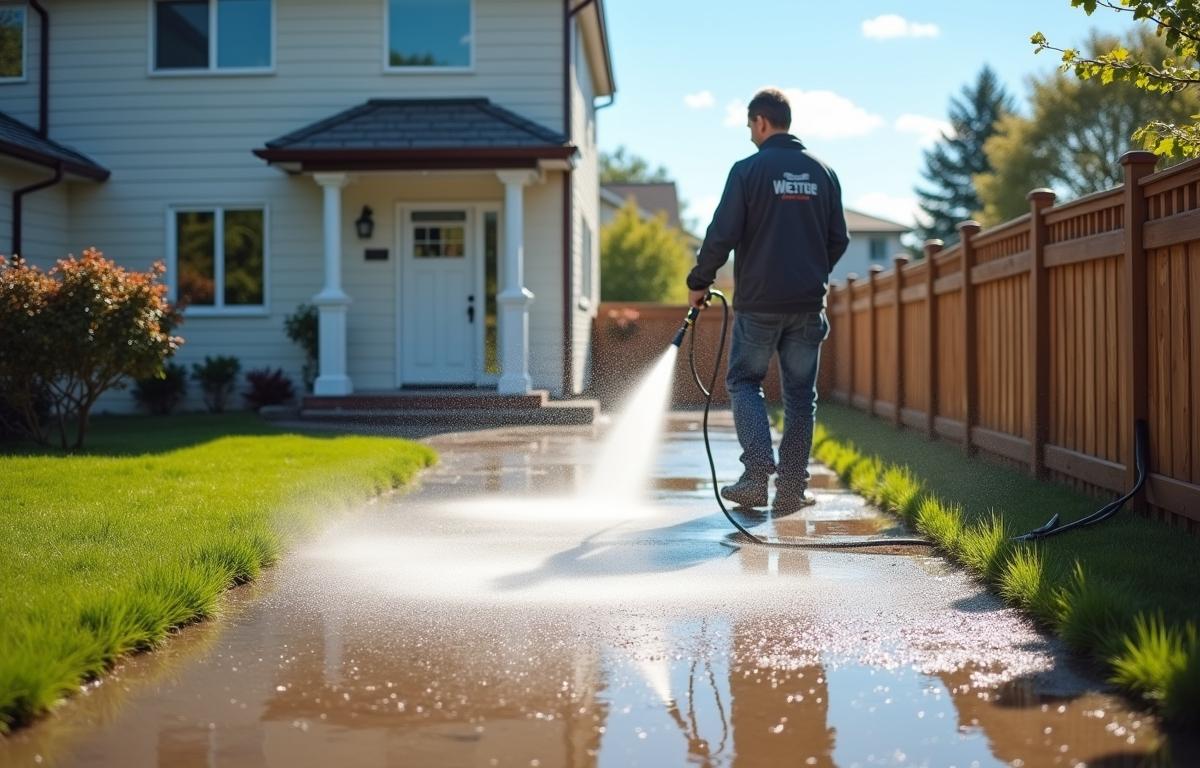Starting a greenhouse can be an exciting venture for both seasoned gardeners and beginners alike. It offers a controlled environment where plants can thrive beyond the constraints of traditional outdoor gardening. With the right equipment, you can cultivate a variety of plants year-round, extending your growing season and increasing your yield.
This guide will explore the essential greenhouse equipment you’ll need to create a successful growing space, ensuring you have everything necessary to nurture your plants and foster abundant growth.
Whether you’re looking to grow vegetables, flowers, or herbs, understanding your equipment options will help you make informed decisions and turn your greenhouse into a flourishing oasis.
1. Greenhouse Structure
The foundation of any successful greenhouse begins with its structure. Choosing the right type, whether it’s a freestanding, lean-to, or hoop house, greatly impacts the functionality and efficiency of your growing space. The structure should provide ample light, shelter from harsh weather, and sufficient space for plant growth. Consider factors such as local climate, available space, and budget when selecting your greenhouse type.
You should consider the material of your greenhouse structure. Common options for greenhouse construction include glass, polycarbonate, and polyethylene film. Each material has its advantages and disadvantages in terms of insulation, light transmission, and longevity. Investing in a well-built greenhouse structure will support your gardening efforts for years to come.
2. Heating and Cooling Systems
Maintaining an optimal temperature is crucial for successful plant growth, especially in regions with extreme temperature fluctuations. Heating systems, such as electric heaters, gas heaters, or even passive solar heating options, help ensure your greenhouse retains warmth during colder months. Effective heating allows you to extend your growing season and protect your plants from frost damage.
Cooling systems, on the other hand, become essential during the hot summer months. Ventilation options like roof vents, side vents, and exhaust fans will promote airflow and regulate temperature. In addition, using shade cloths or thermal screens can help reduce heat buildup, protecting delicate plants while maintaining a comfortable environment within the greenhouse.
3. Lighting Solutions
While natural sunlight is the most important light source for plant growth, supplemental lighting may be necessary during shorter days or overcast conditions. Supplemental grow lights can help extend daylight hours, providing essential photosynthesis energy to your plants. There are various types of grow lights available, including fluorescent, LED, and HID (high-intensity discharge) lights, each with specific benefits and applications.
When choosing lighting solutions, consider factors such as energy efficiency, lifespan, and the spectrum of light provided. Different plants have varying light requirements, so tailoring your lighting systems to the needs of your crops will ensure optimal growth and productivity.
4. Irrigation Systems
Efficient watering is vital for the health of your greenhouse plants. An effective irrigation system will not only ensure consistent moisture levels but will also save you time and effort. Options include drip irrigation, sprinklers, and soaker hoses, each with unique advantages depending on your greenhouse layout and plant types.
Incorporating automation into your irrigation system can significantly enhance its effectiveness. Timers or moisture sensors can help monitor soil moisture levels, ensuring that your plants receive the right amount of water at the proper times. This level of control can reduce water waste and improve overall plant health, leading to better yields. To avoid any potential downtime, it’s also a good idea to keep the contact information for a company that can handle sprinkler system repair if necessary. With proper planning and maintenance, your greenhouse can thrive year-round.
5. Soil and Fertilization
The quality of your soil plays a crucial role in the success of your greenhouse garden. Choosing the right potting mix, whether it’s a pre-made blend or a custom mix tailored to your plant’s specific needs, is essential. A well-aerated, nutrient-rich soil will promote healthy root development and optimal nutrient uptake.
Fertilization is another key aspect to consider, as plants have varying nutritional needs at different growth stages. Utilizing organic fertilizers, slow-release formulations, and liquid feeds can help ensure your plants receive essential nutrients throughout their growing cycle. Regular soil testing will also allow you to adjust your fertilization practices, ensuring that your plants thrive and produce abundantly.
6. Pest and Disease Management
Effective pest and disease management is critical for maintaining the health of your greenhouse plants. Implementing integrated pest management (IPM) practices can help you identify and control pest populations while reducing the need for chemical interventions. Familiarizing yourself with common pests, such as aphids and whiteflies, and their natural predators can aid in early detection and prevention strategies.
Keeping an eye out for diseases is vital. Factors such as humidity, plant density, and soil quality can contribute to disease development. Regular monitoring and implementing good cultural practices—such as crop rotation, sanitation, and watering techniques—can help mitigate the risk of disease outbreaks in your greenhouse, ensuring a healthy and productive growing environment.
It is equally important to keep your greenhouse tidy and free from leaf debris, as fallen leaves can create breeding grounds for pests and fungal diseases. A leaf vacuum can be a great tool for quickly and effectively removing plant debris from around your greenhouse, minimizing areas where pests can hide or diseases can spread. Regular use of leaf vacuums can not only keep the space clean but also reduces the risk of unwanted critters and pathogens.Investing in the right equipment for your greenhouse is crucial for creating a thriving growing space. Understanding the various options available and their benefits will help you make informed decisions that align with your gardening goals and budget. With proper care and maintenance, your greenhouse can provide year-round enjoyment and bountiful harvests for years to come.




